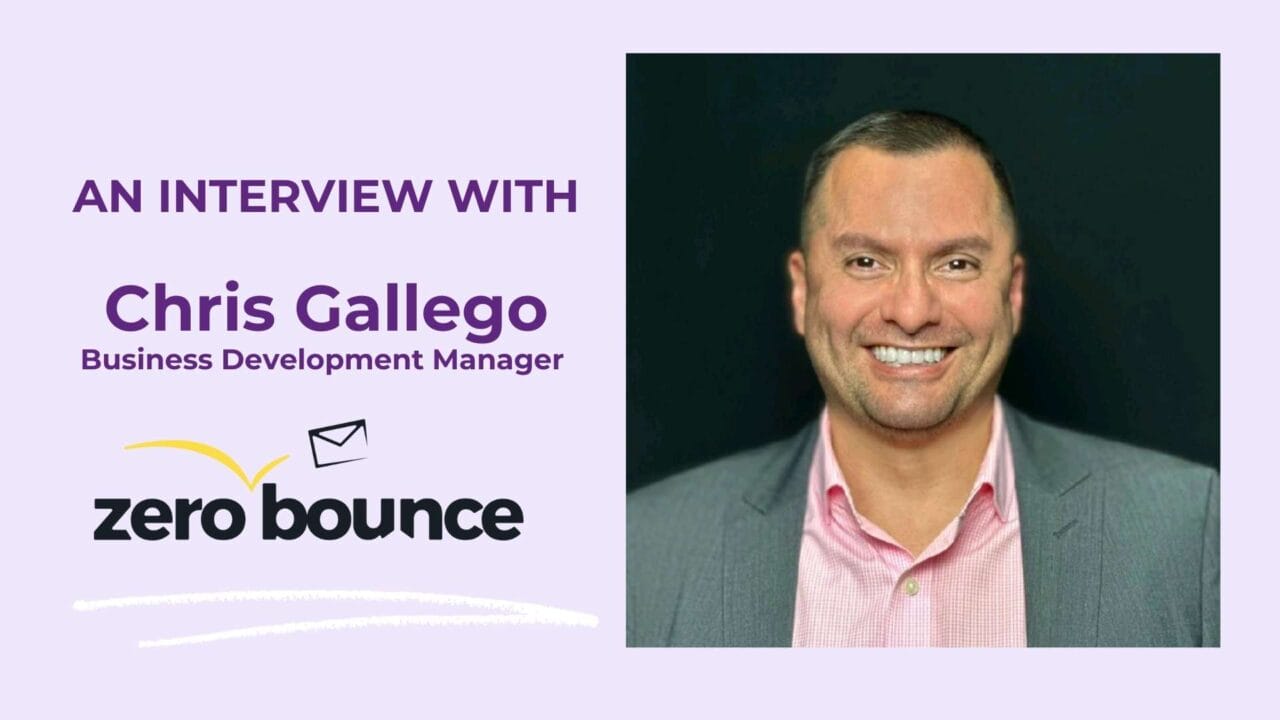
How to Find the Right Contact Person
So much in business is finding the right person to contact about your idea or question. But it’s not always possible to reach your contact on the first try. Below we show you how to ask for the right contact person to get your desired action or response.
Why you must find the right contact person
Regardless of your industry, at one point, you’ll need to connect with a particular person. And although our world is hyper-connected, finding the right contact isn’t always easy.
A website or social media profile often provides a role-based email address such as info@, office@, mail@, etc. Teams of people typically check these email addresses, and reaching your target can vary. If you don’t contact the right person, there may not be any resolution, and you’re back at square one.

You also don’t want to send an email to an inactive address because doing so may result in your email bouncing, which is terrible for your sender reputation. More on that later.
Related: What is sender reputation?
So what do you do?
The best ways to find the right contact person
These simple tactics will help you meet the people you want to connect with and establish relationships and even friendships more easily.
Company website: contact or about us page
The most common place to start your quest is the company website. Look for sections like “About Us,” “Team,” or “Contact.” These sections often list key personnel and their roles. Next, try to identify the ideal department or person and send an email.
However, sometimes, people in great demand intentionally request that their email address be left off the website.
For example, if you’re trying to reach the CEO of Whole Foods, you aren’t likely to find his email address on the company website. Could you imagine how many emails he’d get?
This is also true with company decision-makers or people who get a lot of sales inquiries.

So, what should you do next?
You can reach out through an email address on the company website, or try your luck at the contact form. However, if you haven’t found the right contact person by now, let’s move on to the next most likely way to do so.
LinkedIn or other social media platforms
Use LinkedIn to search for the company and view its employees. You can filter by job title, department, or location to identify the right contact person. Although rare, some professionals post their email addresses directly in their contact info. If you know the person or have contacts in common, you can also request to connect with them.

But not everyone uses or spends much time on LinkedIn. So make sure to also check X (formerly Twitter), Facebook, or Instagram. I’ve found some professionals who include their email addresses in their X bio. If you can’t find their email address, you can try communicating with the person directly on the platform.
Use an email finder to get in contact with the right person
An email finder tool is one of the best ways to find a contact. You can look up the email address in a snap if you have the individual’s name and the company’s domain.
You can also do a bulk domain search. Simply enter the domain name, and the email finder tool will show you the most common patterns, such as first@domain or lastfirst@domain, etc.

It’s a good idea to get handy with an email finding tool. Once you start using them, you’ll see how much time they save. A good email finder will also automatically check the email address to make sure it’s valid so that you don’t waste time crafting an email to a username that the administrators deactivated.
Networking events and conferences
Want to know one of the most underrated ways to find the right contact? You can’t forget in-person interactions.
Attending industry events, conferences, and trade shows gives you great opportunities to connect. Networking with attendees can help you identify key contacts within organizations, and you may bump into that elusive contact you’ve been trying to make.

Live events, conferences, and conventions are also great ways to meet people you didn’t even know you should meet. Keep your eyes peeled and your ears open, You may make a wonderful connection that is mutually beneficial and, who knows, maybe even result in friendship.
Professional associations and directories
Many industries have professional associations or directories that list members and their contact information. These can be valuable resources for finding specific industry professionals.
Although some of these directories and lists charge a fee, some are free. Others require you to become a member, which in and of itself can have tremendous value.

Building genuine contacts and keeping close contact with them can make life easier in many ways. Also, when you know more people, discovering the right contact person is even more accessible.
Referrals and recommendations
Ask your existing contacts, colleagues, or clients if they can refer you to the right person within a company. Personal recommendations often lead to more direct and successful connections. So it’s a great idea to regularly log in to LinkedIn and other social media sites and nurture the relationships you have.

When your connections are authentic, you’ll be able to ask your colleagues:
“I saw you know Dick and Jane at Acme Corporation. Can you ask him or her if they know who is heading up their PR department?”
Because they know you, they’ll likely say, “Sure thing. Let me drop them an email. In fact, I’ll cc you.” Then you’ll be off to the races.
When you’re making contact with new people, use common sense
It should be stated: use common sense when contacting new people you don’t know. First of all, they may receive many messages. You want to reach out in a way that presents you in a good light but also shows that you respect the recipient.
Check their email addresses
Speaking of recipients, make sure you aren’t sending emails to inactive inboxes or potentially harmful email addresses. Sending an email to a deactivated user (whether because they changed usernames or left the company) will tarnish your sender reputation.
Before sending an email address to someone you haven’t corresponded with, quickly check the validity with an email verifier. You should never save a contact or add it to your address book without being sure it is problem-free.
Avoid “spray and pray”
Also, before sending an email to a new contact, ask yourself if they actually would like to hear from you. If you’re just contacting many people because you have a “spray and pray” mindset, it’s time to rethink your strategy.
Any time you email someone, it should be because you can help them or the situation moving forward will be mutually beneficial.
Just remember: emailing people regularly shows you have a healthy, legitimate inbox. If you send emails in a chaotic and spammy way, inbox providers might just start thinking you are a spammer. You wouldn’t want that, so send smart emails to people who want to hear from you.






